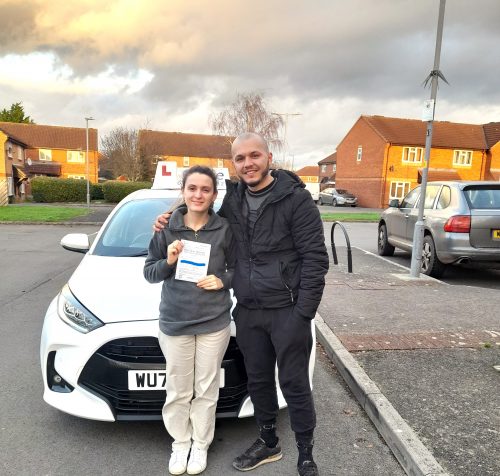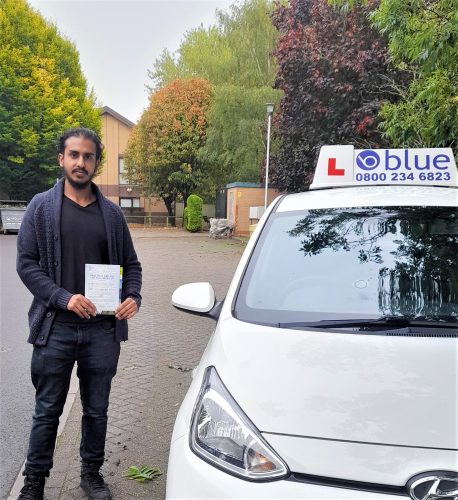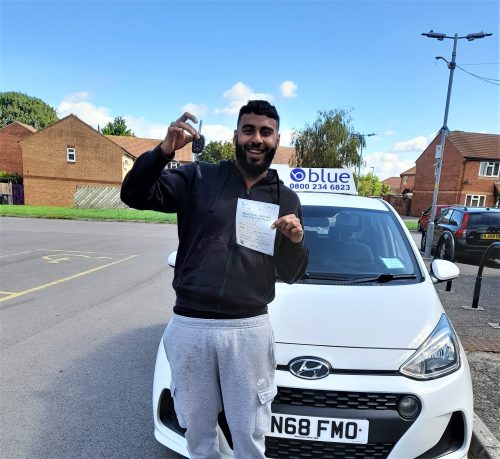Client Centred Learning
Client-centred learning & Coaching learner Drivers

What to teach and how to teach it
Safe and responsible driving
The Driving Standards Agency has set out exactly what it takes to be a safe and responsible driver. This is the National driving standard (Category B). It sets out what drivers need to be able to do, and the knowledge and understanding they need to be able to do it. You should use this as the basis for what to cover in your driving lessons.
How’s your driving?
This is always a contentious question – most drivers think that they are better than average! But to teach others to drive you need to be a safe and responsible driver so that you can demonstrate how it should be done. You also need to understand what makes you a safe driver – so that you can help others to become safe too!
What is your aim?
As a responsible, professional driving instructor you’ll want learners to have the skills to be safe and responsible drivers for life when they leave you. Sometimes you’ll find that you need to balance this against their aims – they might want to pass the test quickly, and with as little expense as possible. This is not an easy balance to achieve – you may need to persuade your learners of the benefits of not just learning to pass the test.
What is client-centred learning?
People learn in different ways and at different speeds. If someone who likes time to reflect on their learning is forced to move on to the next thing too quickly it could slow down their progress. Or if someone who likes to learn by trying things out is made to watch too many demonstrations without having a go they will get frustrated.
Client-centred learning is an approach to learning that takes into account how the learner prefers to learn. When people learn in this way they are more likely to retain information and skills. People are also more likely to keep learning if they are encouraged to take responsibility for their learning at an early stage – this is the second aim of client-centred learning.
How to teach in a client-centred way
At its simplest, this means listening to your learner (the client) to find out how they like to learn, the things that are getting in the way of their progress and how you can help.
What is coaching?
You might want to use some coaching techniques with your learners. These are tools that help you to teach in a client-centred way. For instance, you might use scaling to help a learner assess their progress, or mind-mapping to help a learner to explore a subject. If you’re a driving instructor you may already be using coaching techniques with your learners without even knowing it.








